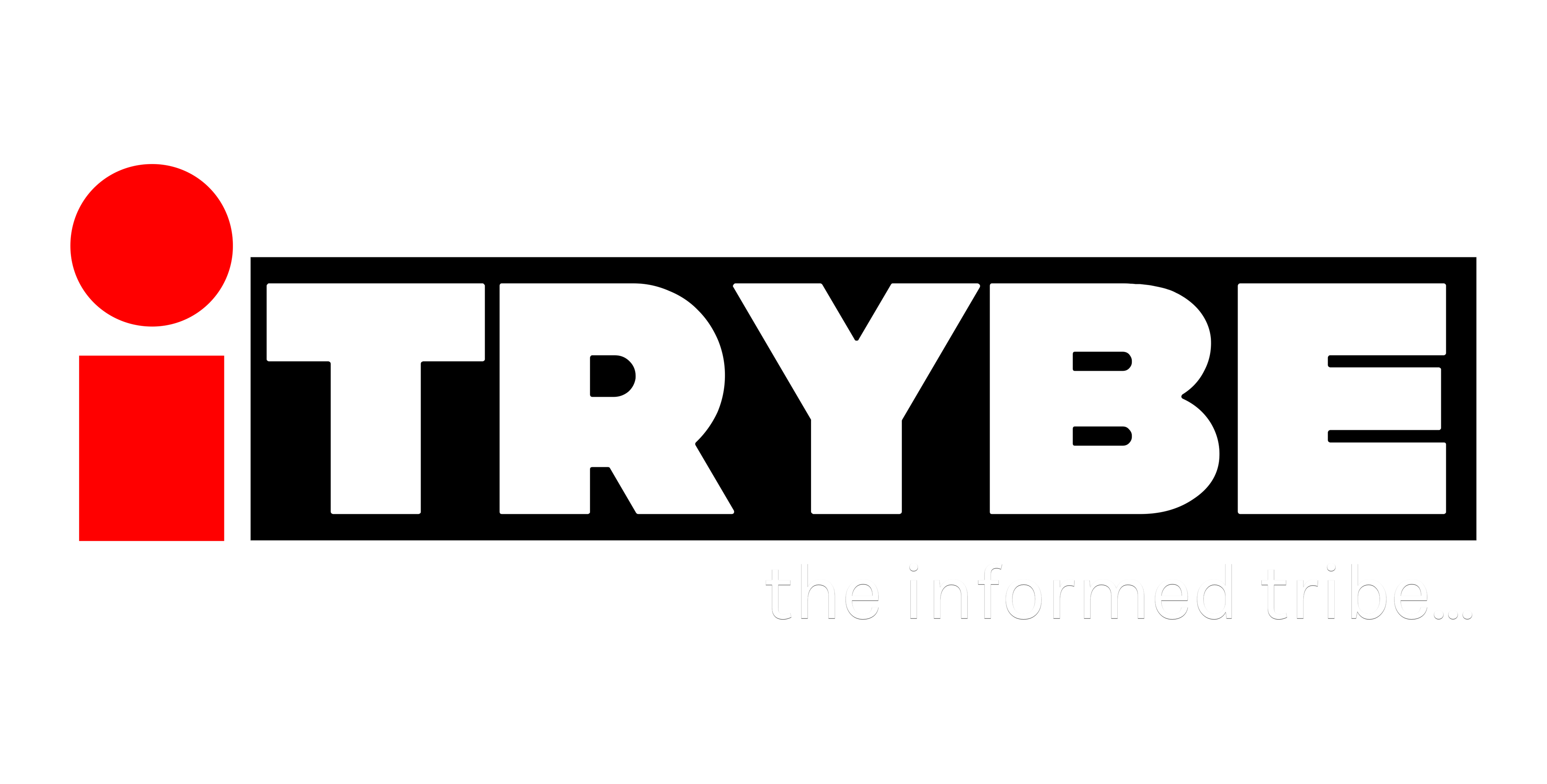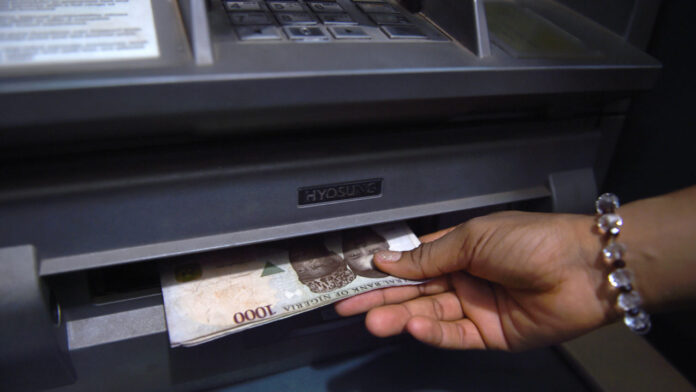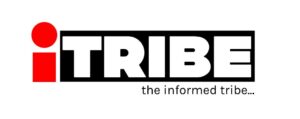The Central Bank of Nigeria (CBN) has recently introduced new charges for Automated Teller Machine (ATM) withdrawals, which will take effect from March 1, 2025. This move is aimed at balancing rising operational costs with the need for financial sector efficiency.
According to the CBN, “This review is expected to accelerate the deployment of ATMs and ensure that appropriate charges are applied by financial institutions to consumers of the service.”
The new fees will affect both on-site and off-site ATM withdrawals. On-site ATM withdrawals, which refer to those made at a machine owned by a bank but outside its branch premises, will now attract a charge of N100 per N20,000 withdrawn. Off-site ATM withdrawals, such as those at shopping centers, airports, or standalone cash points, will incur a N100 fee plus a surcharge of up to N500 per N20,000 withdrawal, bringing the total possible charge to N600.
It’s worth noting that withdrawals from an account holder’s own bank’s ATMs will remain free. However, international ATM transactions will be subject to a cost-recovery model, where banks will pass on the exact charges imposed by the foreign acquirer to customers. Additionally, the three free monthly withdrawals allowed for Remote-On-Us (other bank’s customers/Not-On-Us consumers) in Nigeria will no longer apply.
The introduction of these new fees is likely to affect Nigerians who rely heavily on cash transactions, particularly in rural and semi-urban areas where digital payment adoption remains low. Higher withdrawal costs could disincentivize ATM usage and increase reliance on cash-based transactions. This could have implications for the country’s efforts to promote financial inclusion and reduce cash-based transactions.
The CBN’s decision to introduce new ATM charges is a response to the rising operational costs faced by banks. The move is aimed at ensuring that financial institutions can recover their costs and maintain the efficiency of their services. However, it’s essential to consider the potential impact on consumers, particularly those in rural and semi-urban areas, and to ensure that alternative payment options are available and accessible to all.








